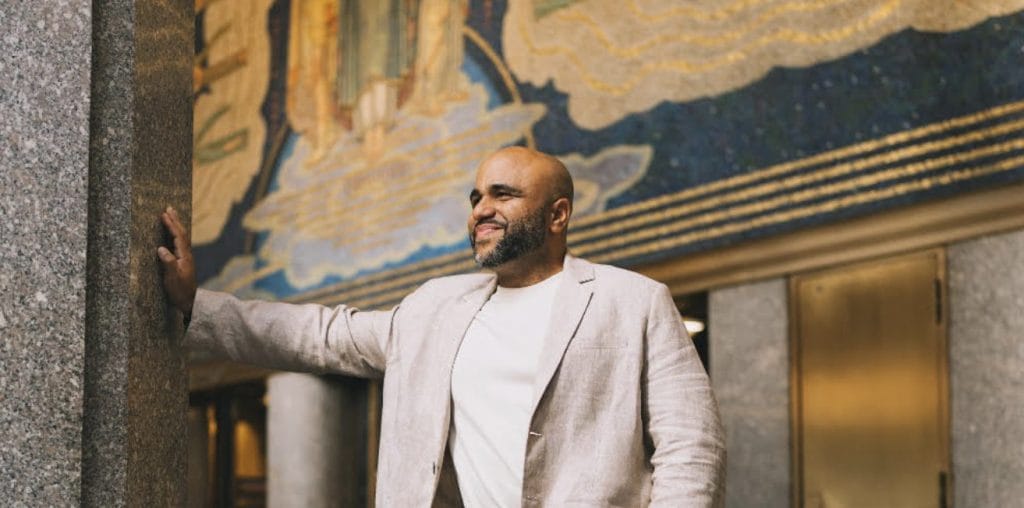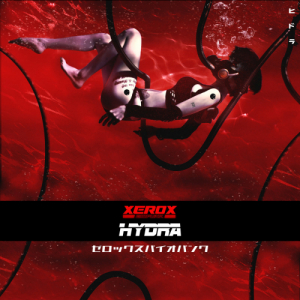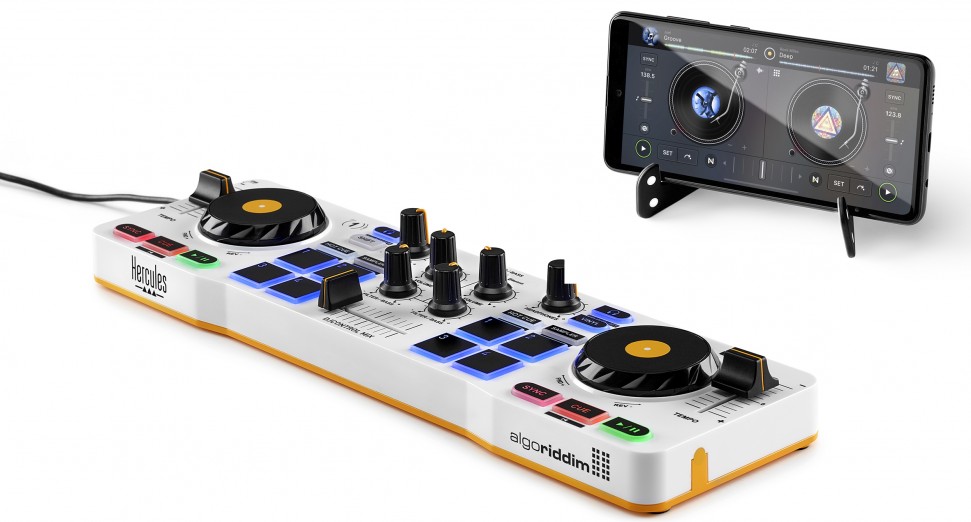
The O-1B vs. the P-1B Visa: Which is Better?
Table of Contents
This is a guest Op-Ed by Pablo G Velez
When it comes to bringing international talent into the United States, music industry professionals face a critical question: should we pursue an O-1B or a P-1B visa for our artist? While the instinct may be to search for the “better” option, the more efficient and correct approach is to identify which visa is more appropriate based on the artist’s background, achievements, and the nature of the performance arrangement.
Both visa categories are powerful tools — but they serve slightly different purposes.
Understanding the O-1B Visa: Individuals of Extraordinary Ability in the Arts
The O-1B visa is designed for individual artists who can demonstrate “extraordinary ability” in their field. In the context of the music industry, this means the artist must have achieved a high level of recognition evidenced by national or international acclaim. Examples include notable chart rankings, press features in major publications, awards, critical reviews, or having performed at recognized venues or festivals.
The O-1B is ideal for solo DJs, producers, singers, or composers with an established brand and track record. While the O-1B allows for significant flexibility, it requires detailed documentation and third-party evidence of acclaim.
Key benefits of the O-1B:
- The visa is tied to a U.S. petitioner (often a manager, agency, or promoter).
- It allows for multiple engagements, tours, and events under one petition.
- Supporting personnel (e.g., technicians, choreographers) may be included under the O-2 subcategory.
- It can be extended beyond the initial three-year period.
- It is renewable indefinitely, as long as the artist continues working in the same area of extraordinary ability.
Understanding the P-1B Visa: Members of Internationally Recognized Entertainment Groups
The P-1B visa, by contrast, is available to groups who have achieved international recognition. This visa is best suited for ensembles — such as bands, dance troupes, or collectives — that can demonstrate sustained success and renown over time. To qualify, generally at least 75% of the group must have been part of the ensemble for at least one year.
The P-1B visa is often favored by tour organizers or promoters working with a well-known group that regularly performs together where the group members are not known to have solo careers that allow them to qualify for individual O-1 visas. It’s also a preferred route when filing for group residencies, festivals, or coordinated international tours.
Key features of the P-1B:
- The visa applies to the group as a whole, not to individuals.
- Supporting personnel (e.g., technicians, choreographers) may be included under the P-1S subcategory.
- It generally allows for an initial stay of up to one year, with extensions available.
- The evidentiary burden can be less rigorous than the O-1B, but still demands proof of sustained international recognition.
Conclusion: The Right Visa for the Right Context
Ultimately, neither visa is inherently “better.” The O-1B is tailored for distinguished individuals, offering broader work flexibility and longevity. The P-1B is ideal for established groups looking to tour or perform collectively. For booking agents, music producers, and promoters, understanding these distinctions is essential not just for compliance, but for crafting effective and strategic immigration plans that match the artist’s goals — and touring timeline.



